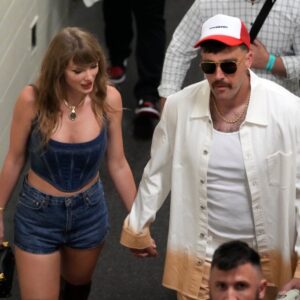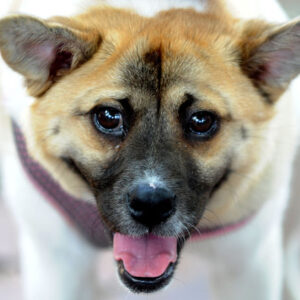A 72-million-year-old skeleton of a baby dinosaur has been discovered in Ganzhou, southern China. While the age of the fossil is surely impressive, the discovery is even more momentous when its condition and contribution to scientific knowledge about dinosaur hatching processes are taken into consideration.
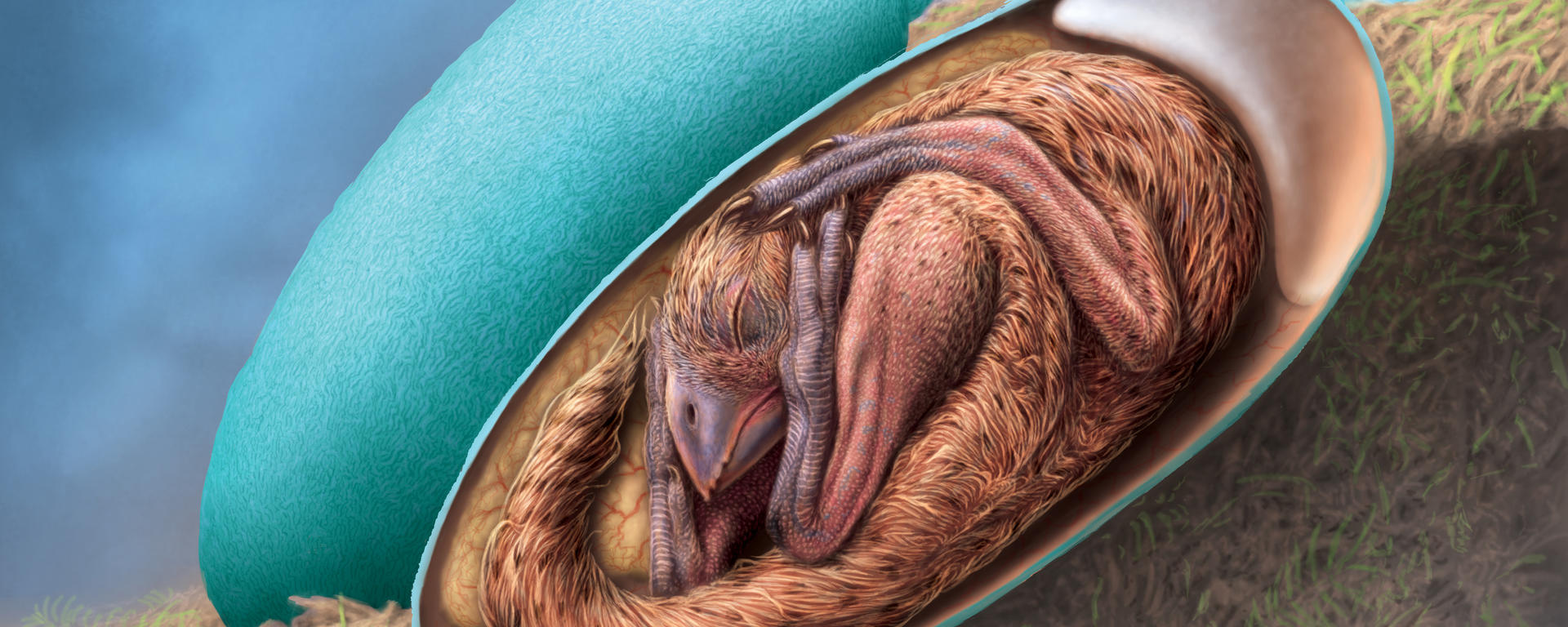
Discovered in a rock layer from the late Cretaceous era, the fossil — that of an oviraptorid, a toothless theropod dinosaur — is an embryo, curled in its egg, perfectly preserved. It is among the most complete dinosaur embryos ever discovered.
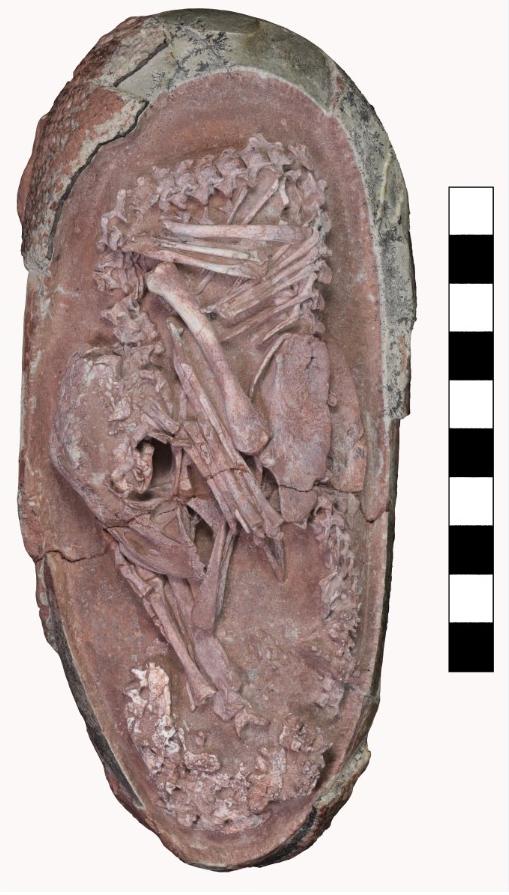
Darla Zelenitsky
The complete findings, published in the journal iScience, resulted from a multi-institutional and multi-national collaborative effort among various researchers, including Dr. Darla Zelenitsky, PhD, associate professor in the Department of Geoscience. Co-authors include Fion Waisum Ma (University of Birmingham, England), Dr. Lida Xing (China University of Geosciences, Beijing), and Dr. Steve Brusatte (University of Edinburgh, Scotland).
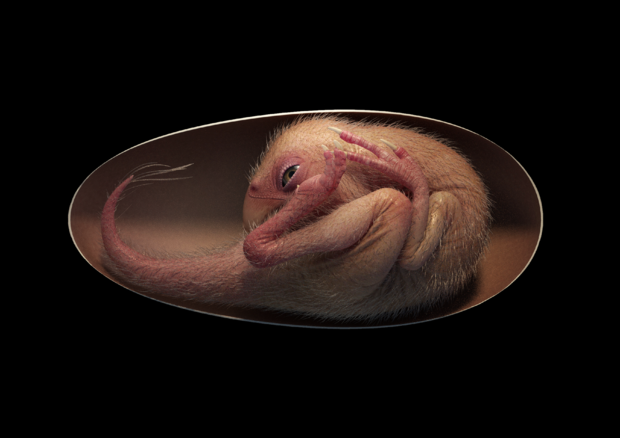
Study of unprecedented fossil uncovers clues about how dinosaurs hatched from their eggs
Until now, researchers have been able to uncover little about what happened inside a dinosaur egg prior to hatching, as so few embryonic skeletons exist, particularly those that are complete and preserved in a life position.
The embryo, now known as ‘Baby Yingliang’, is about 27 centimetres in length from its head to its tail, and is lying inside a 17-cm-long egg. By studying Baby Yingliang, and other less complete embryos of other theropods, long-necked sauropod dinosaurs, and birds, the researchers found that baby oviraptorids changed their postures while in the egg while getting ready to hatch, not unlike living birds. Modern bird embryos have been uniquely known to perform a series of movements in the egg, where the head is ultimately tucked under the right wing, which allows the baby to successfully hatch.
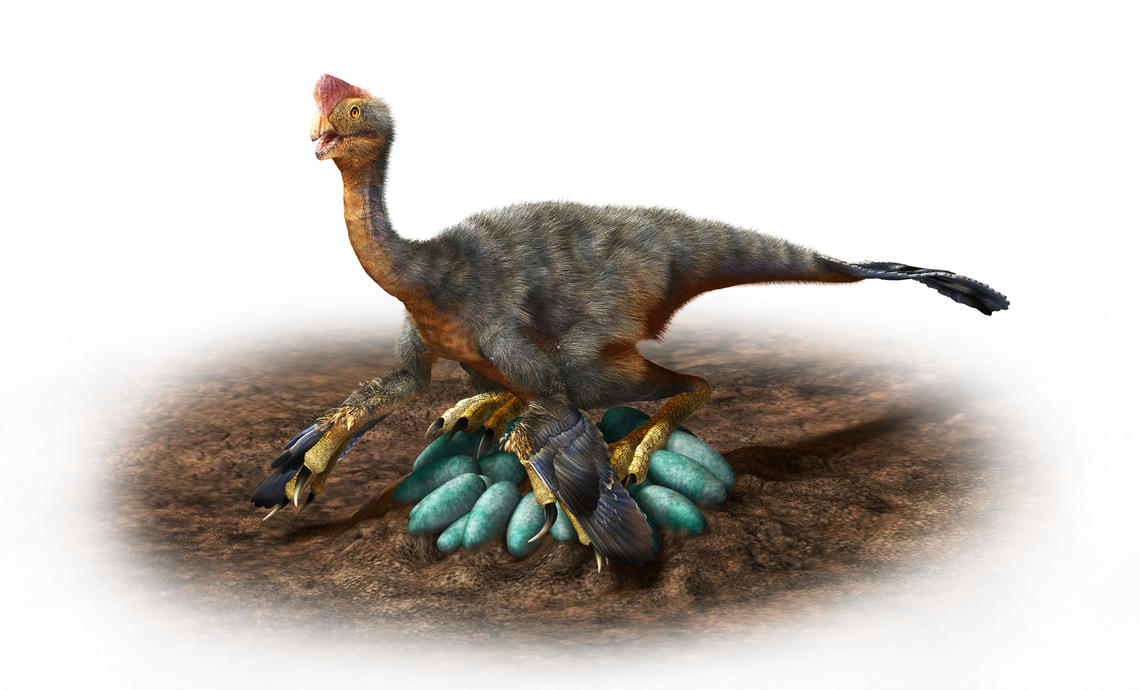
Oviraptorid dinosaur on nest of eggs.
Masato Hattori
The researchers looked at positions of body parts in the preserved oviraptorid embryos and found similarities with positions in living bird embryos, suggesting these dinosaurs took on similar positions in order to hatch. Baby Yingliang itself was fossilized in a unique position among known dinosaur embryos; its head lies below the body, with the feet on either side, and the back curled along the blunt end of the egg. Previously unrecognized in dinosaurs, this position is much like that seen in bird embryos of modern times.
“Because oviraptorids belong to a larger group of dinosaurs that ultimately gave rise to birds, this behaviour of taking on various positions prior to hatching is no longer unique to living birds,” Zelenitsky explains. “It appears to have evolved first among their dinosaur ancestors, like some other bird-like behaviours such as parents sitting on nests.”
Oviraptorid dinosaur with eggs and babies.
Darla Zelenitsky
Fion Waisum Ma, joint main author of the study and PhD researcher at the University of Birmingham, says, “Dinosaur embryos are some of the rarest fossils. Most of them are incomplete with the bones dislocated. We are very excited about the discovery of Baby Yingliang. It is preserved in a great condition that we could answer a lot of questions about dinosaur growth and reproduction with it.
“It is interesting to see this dinosaur embryo and a chicken embryo pose in a similar way inside the egg, which possibly indicates similar prehatching behaviours.”
Baby Yingliang is now kept safe in Yingliang Stone Nature History Museum.
The researchers are anticipating the discovery of other well-preserved embryos in the future so their ideas can be further investigated for these and other dinosaurs.
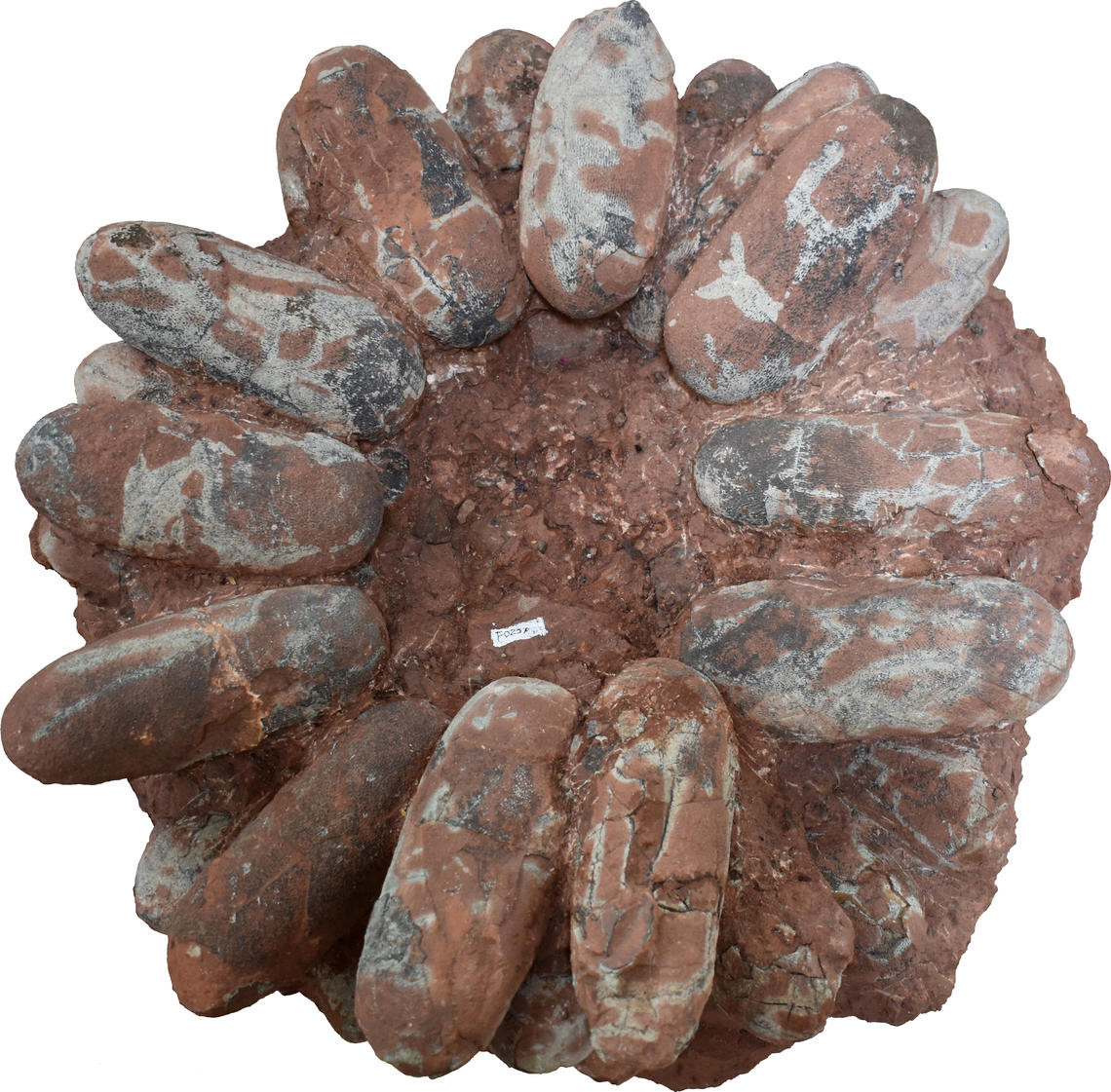
Fossilized oviraptorid nest of eggs.



